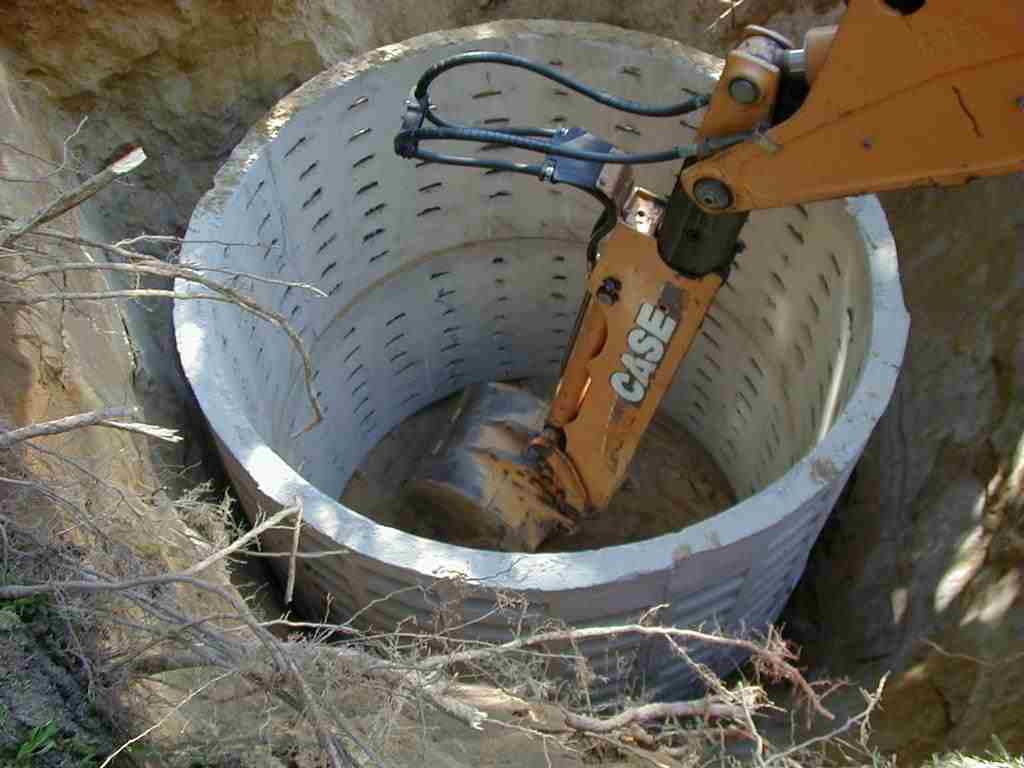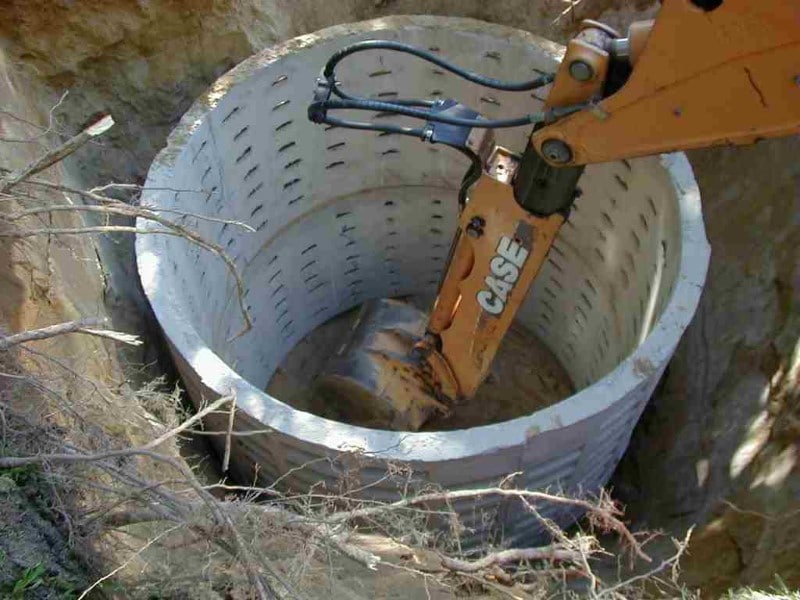
The cesspit system is a receptacle, a tank, a cistern, or a pit that is covered. It is where the feces, urine, and other refuse are dumped. It is commonly known as a better solution than a sewer system. Before, it was just in a form of a cylinder that it planted into the earth. It used to be 2 to 3 meters deep and a meter in diameter. It was like a water well that was half-dug.
It was known to be just a temporary receptacle for sewage in the UK. In the US, it was called a sealed holding tank. It was important back then to empty the cesspit every week. It was costly back then to maintain the cesspit because of the weekly emptying and cleaning. If it so happened that you lived near a river or any other sensitive environment like that, you would not have been allowed to have your own cesspit because of the strict regulations on environment protection.
What is a cesspit system? The cesspit was constructed pretty much like a dry well before. It had stone or brick lining so that sewage may be disposed of easily. The liquids in the wastewater seeped out into the surrounding soil while the solid waste materials stayed in the cesspit to decay. But as the solid waste level increased, the liquid part couldn’t seep out anymore. This caused the cesspit to overflow or to slowly drain. There was a time when the use of cesspit systems was banned because if the cesspit was installed deep into the ground, the wastewater reached the groundwater and contaminated it. This made water very undrinkable. Eventually, the solution of drilling water wells far away from the cesspit area was implemented.
In Europe, the cesspit system was introduced in the 16th century. It was the time when there was a fast population growth in the urban areas. Before the cesspit, chamber pots were just emptied in street gutters every day. When the population boomed, these gutters started to overflow. Cesspits were built but the regulation for it was only established in the 18th century. Here, safety and sanitation were addressed. The cesspits were emptied and cleaned out only during nighttime by cesspit tradesmen that had horse-drawn carriages or wagons and shovels. This was done so that the smells won’t be too annoying. The frequency of cesspit cleaning back then was every 8-10 years only. Because of this, diseases infected and toxic gases suffocated the cleaners and the people around the area. Eventually, the frequency was increased.
In the 1800s, the American household was provided with the cesspit or the outhouse/privy by Dr. Becky Franklin. The streets back then were very foul-smelling because of the open street gutters where the wastes were dumped. This paved the way for the further improvement and sanitation of the cesspit in the urban areas as well. It was slow but developments took place.
Today, the cesspit system is still very prone to flooding or overflowing because of the melting snow and heavy rains. It is not as enclosed or as tightly sealed as the conventional septic system. It is also usually subjected to tree root penetration, which usually leads to system failure.
There are some areas in the US wherein cesspit systems are used until they couldn’t function any longer. This is known as grandfathering a cesspit. One the cesspit system stops, it would just be disconnected and then replaced by a modern septic system or a raised mound system (if the water table if too high). In some counties, you cannot sell your property if it uses a cesspit. But there are still others that allow grandfathering and sale.
Consult your septic expert for the best means to maintain your cesspit system and ask him what is a cesspit system and how do they work. It would be much better to maintain it regularly with regard to health and sanitation then grandfather it all the time.
